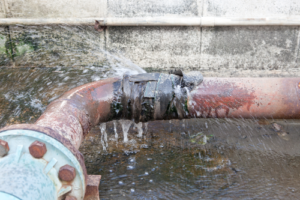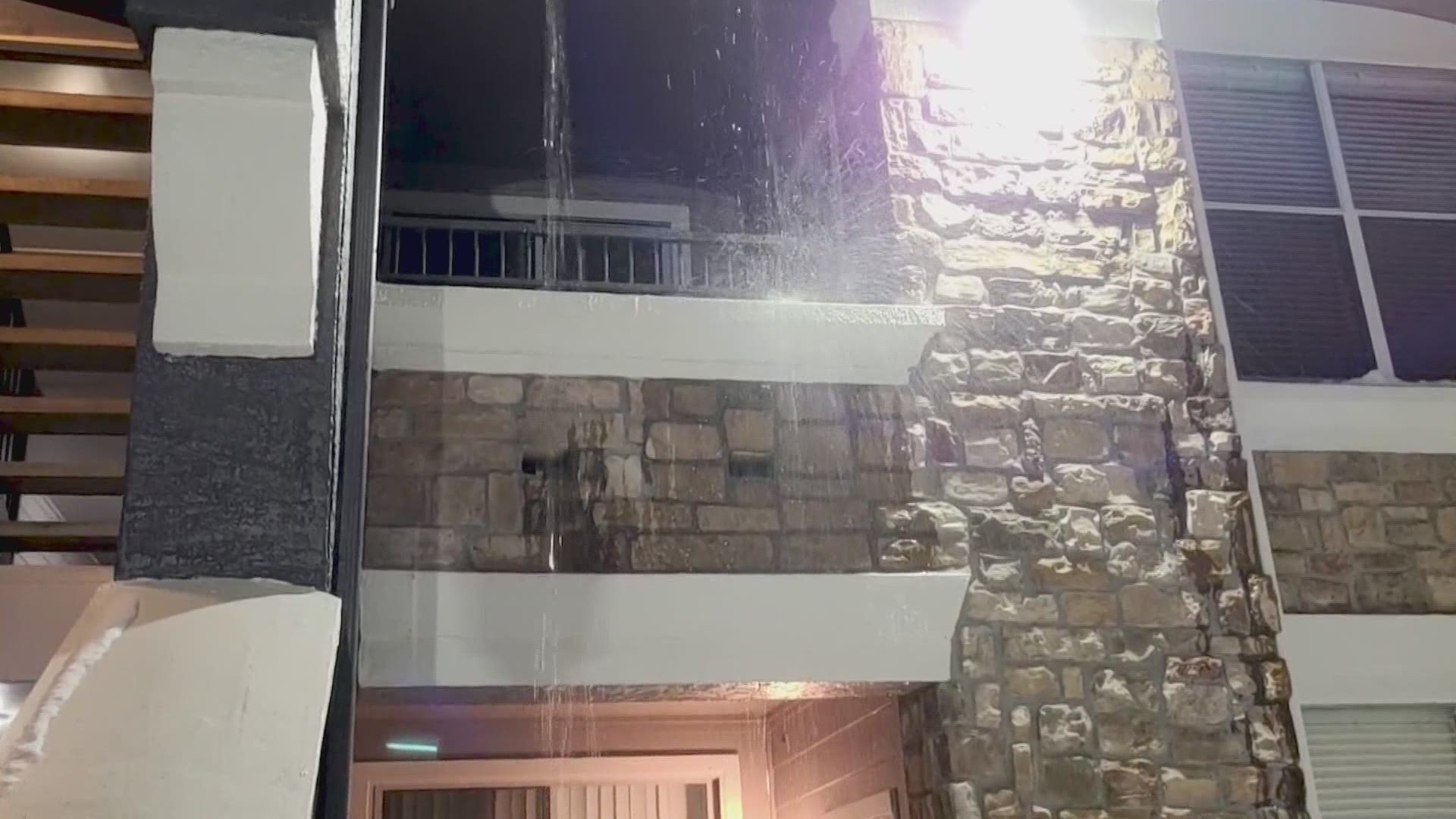Right here down the page you can find a lot of awesome points when it comes to How to install a dishwasher safely.

A burst pipeline is a major emergency; you can just stand as you view water you pay a lot to reunite with the earth. In even worse cases, you observe a pool on your kitchen area flooring, which is a terrific journey risk, specifically if you have kids around. If the pipeline that burst remained in your walls, problem: you might need to paint that whole section.
Just how can a disaster like a ruptured pipeline be avoided and also managed? Well, by listening to your specialist emergency plumbings as well as following these regulations.
How do I know when my pipes have ruptured?
Fluctuating water pressures
Pipes do not simply burst in a day. You might have noticed that your cooking area tap or shower does not run promptly when you turn the tap. It might stop briefly for a couple of seconds and after that blast you with more pressure than usual.
In other circumstances, the water might appear normal initially, after that decrease in pressure after a few secs.
Damp wall surfaces and also water stains
Before a pipe bursts, it will certainly leakage, most times. If this consistent leaking goes undetected, the leakage might finish right into a vast gash in your pipeline. One simple method to prevent this emergency is to keep an eye out for damp wall surfaces advertisement water discolorations. These water discolorations will certainly lead you right to the leak.
Puddles under pipes and sinks
When a pipe bursts, the outflow forms a puddle. It may appear that the pool is growing in size, and no matter how many times you mop the puddle, in a few mins, there's an additional one waiting to be cleansed. Frequently, you may not be able to trace the puddle to any type of noticeable pipelines. This is an indicator to call a professional plumber.
Untraceable leaking sounds
Pipeline ruptureds can take place in one of the most unpleasant places, like within concrete, inside walls, or under sinks. When your house goes quiet, you might have the ability to hear an irritatingly persistent dripping sound. Also after you've checked your shower head and kitchen faucet, the trickling might continue.
Dear viewers, the leaking may be coming from a pipeline inside your wall surfaces. There isn't much you can do regarding that, except inform a specialist plumber.
Turn off the Water
When water freezes, it increases in quantity by about 9 percent. And it expands with significant pressure: The pressure inside pipelines may go from 40 pounds per square inch to 40,000 psi! No pipeline can hold that much pressure, so it bursts. The break might occur where the ice forms, yet more frequently, it occurs where water pressure discovers a weak spot in the pipeline. That might be inches or even feet from the icy area. Find the water shutoff valve and also shut off the water to stop more damage. You may also require to turn off the electricity as well, depending on where the leaks occurs as well as how huge it is.
Contaminated water
Many people think a burst pipeline is a one-way outlet. Fairly the contrary. As water flows out of the hole or wound in your plumbing system, pollutants find their way in.
Your water may be infected from the source, so if you can, inspect if your water container has any type of troubles. However, if your alcohol consumption water is supplied as well as detoxified by the local government, you should call your plumber promptly if you see or scent anything funny in your water.
What do I do when I identify a burst pipe?
Your water meter will certainly continue to run even while your water wastes. To minimize your losses, discover the major controls and turn the supply off. The water pipe are an above-ground framework at the edge of your building.
How to Fix & Detect a Leaking Pipe
How Do I Know if a Pipe is Leaking?
Leak detection tests can help you determine if your pipe has a leak. Even if you don’t see an apparent leak, you should still conduct leak detection tests regularly to save water and money—and prevent major damage to your home.
- Water meter. It can be helpful to figure out what your usual water meter usage numbers are and then monitor them regularly. To monitor your meter, first, turn off all water faucets in your home. Check the meter and write down the numbers. In a few hours, check the meter again. If the numbers have changed, you have a leak.
- Water gauge. Use a water gauge to test your water pressure. Your showerhead should produce a certain amount of water pressure based on its model and design. If the pressure is lower than it is supposed to be for that specific showerhead, your home likely has a leak.
- Puddles. Look inside your bathroom, laundry, and kitchen sink cabinets. Puddles around the cabinets or around toilets, tubs, showers, and washing machines indicate the presence of a leaking pipe. You may also notice loose tiles, peeling or flaking paint, or mold caused by water accumulation.
- Napkin test. Even if you don’t see any puddles, you may still have a leak. You can test for water leaks in the bathroom, laundry, and kitchen by wiping below-sink connections with a napkin, paper towel, or piece of toilet paper. If it becomes damp, you probably have a leaking pipe under the sink.
- Discolored walls. Walls that are discolored—usually with brown or yellow stains—or bulging might mean that they have been impacted by water damage caused by a leaking pipe.
- Smell. A leaky pipe will create sitting water, and over time, that water may develop a musty smell. If your home smells musty, but you can’t locate the source, it may be due to a leak.
Steps for Fixing a Leaking Pipe
- A leaky drain can be remedied by tightening the pipe base, replacing the drain seal, caulking the rim, and tightening the pipe nut.
- Similarly, a leaking toilet pipe can be treated by tightening the packing nut. You may also need to replace the valve.
- A leaky faucet may just need tightening or replacement of the washers. If that doesn’t work, consider replacing your faucet.
- If your pipe has a hole in it, you may want to use a pipe leak sealer or pipe leak tape. This quick fix for water pipe leaks can also temporarily fix a copper pipe leak.
https://www.ahs.com/home-matters/quick-tips/how-to-tell-if-pipes-are-leaking/

We had been made aware of that write-up on How to install a dishwasher safely from a good friend on another domain. Sharing is nice. You never know, you will be helping someone out. Bless you for your time. Don't hesitate to pay a visit to our website back soon.
Plumbing SOS? Dial!
Comments on “How to Quickly Detect and Resolve a Leaking Pipe Problem”